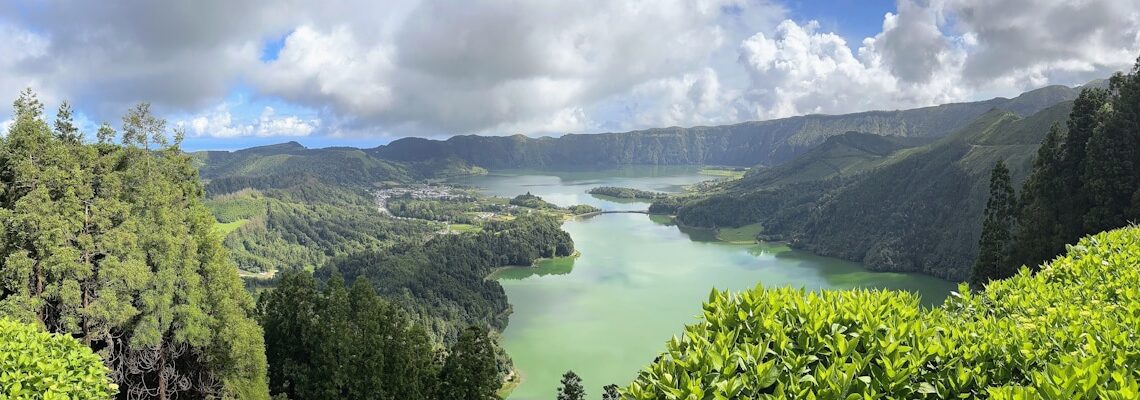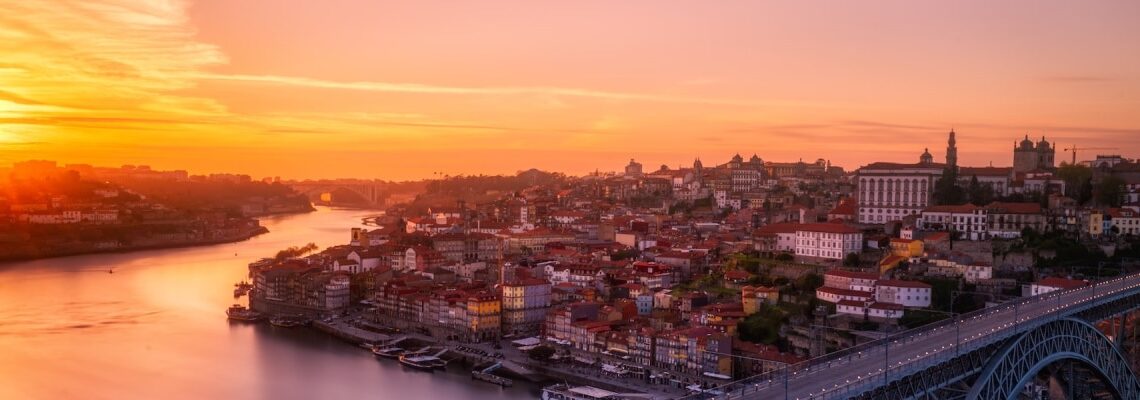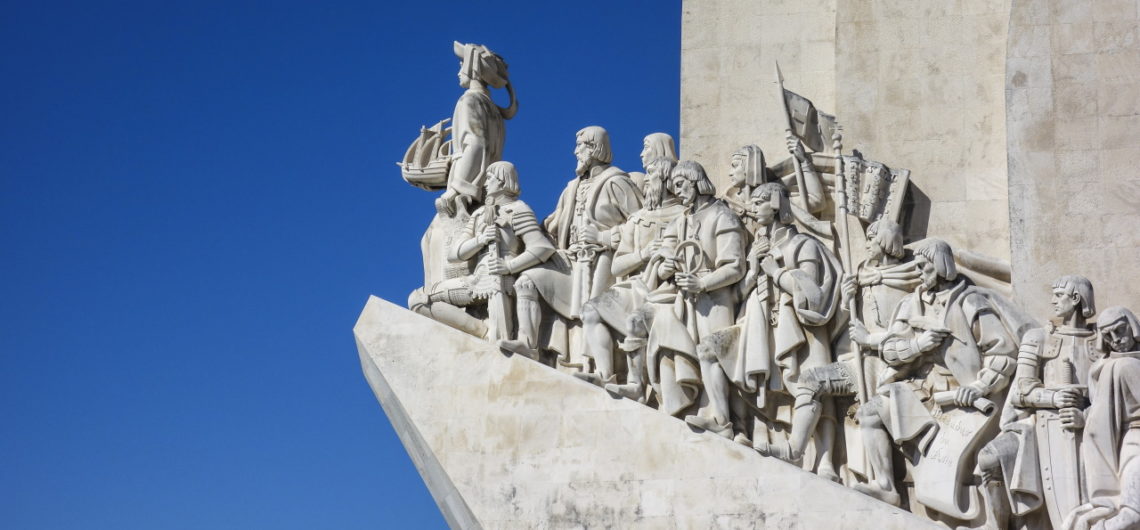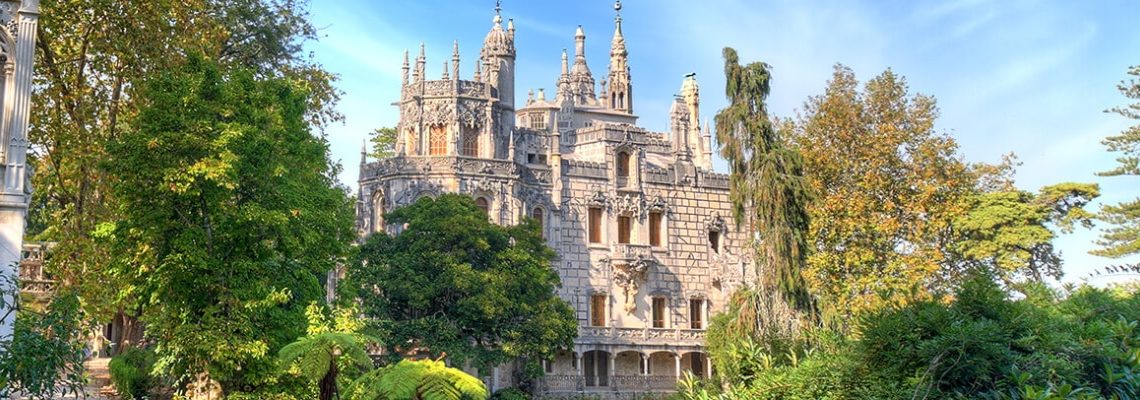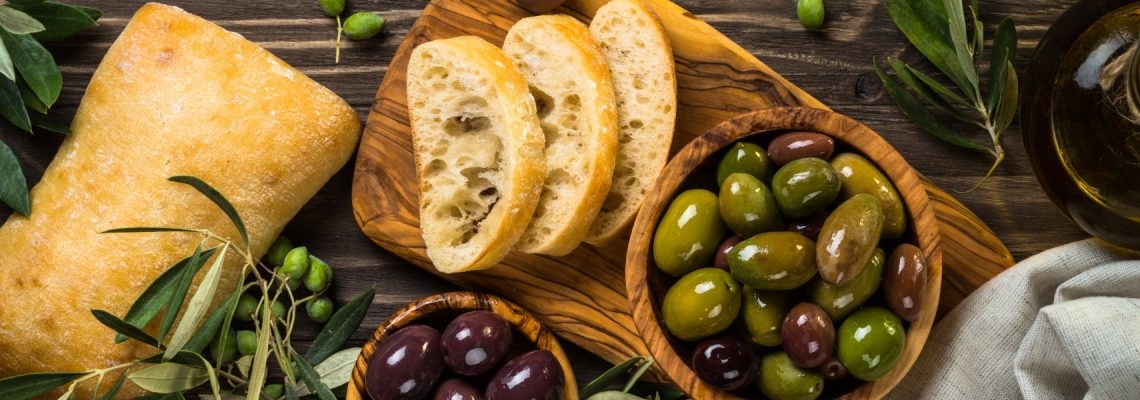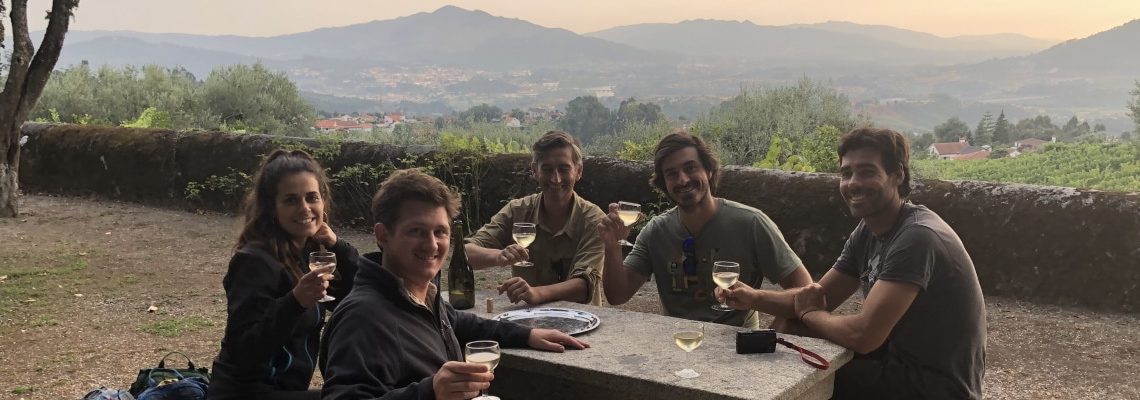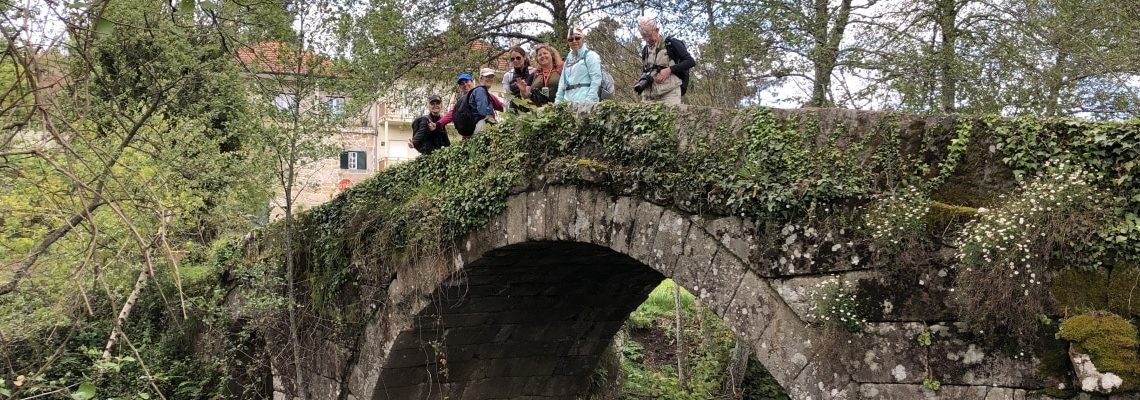Nestled in the middle of the vast Atlantic Ocean, the Azores Islands offer a magical escape for nature enthusiasts and adventure seekers. Known for their dramatic landscapes, diverse flora and fauna, and vibrant culture, the Azores Islands provide an idyllic setting for hiking enthusiasts. Join us as we explore the breathtaking trails, encounter playful dolphins
Porto, like its larger and perhaps better-known southern sister Lisbon, has a long and storied history, sits on a photogenic river and is currently enjoying an explosion of interest from international travellers. But the two cities are very different, in looks and personality. Here are some suggestions to whet your appetite for a visit to
Lisbon is an old, layered and complex city, begging for a deep dive to really experience it. Each neighbourhood has distinctive charms, so it’s worth a little advance research to hone in on a personal itinerary. If time is short, any cut-to-the-chase picks to get a real sense of the city would have to include
15 years ago this month, Terracotta Journeys owners Pedro and Eva took a chance on a dream. “I had this idea of creating an outdoor adventure tour company for a long time,” Pedro says, “but I was working in the corporate world, and it was hard to think about leaving that security.” Additionally, with two
“Romantic” and “magical” are words often used to describe Portugal as a whole, but they particularly apply to Sintra, a small town about 30 minutes from Lisbon. For centuries, this area offered the Portuguese royal court a cool and peaceful summer escape from the heat and bustle of Lisbon—hence the grand palaces and noble manor
Let’s Talk About Food Eating in Portugal is a revelation, for two main reasons: First, the quality of the ingredients and second, the way meals are approached – the role that food plays in the culture. Ingredients come first because this is a place where food remembers where it comes from. Food is usually quite
Uncorking Portugal The first thing you need to know about wine in Portugal, is that the Portuguese keep the best stuff for themselves. That’s not just because they love good wine (although that, too), but because wine here often comes from small vineyards. Production is limited – often just enough for the domestic market, which
The Camino de Santiago or Way to Santiago, is known for its yellow arrows and distinct scallop shell symbols leading to Santiago de Compostela – and to the tomb of the Apostle Santiago (Saint James). Whichever Camino or “Way” one takes: the Portuguese, Coastal, French or Basque, whether hiking, biking or riding on horseback, the

